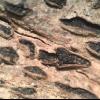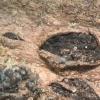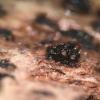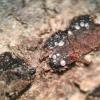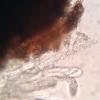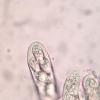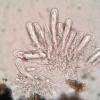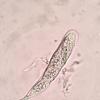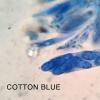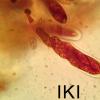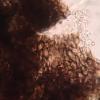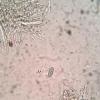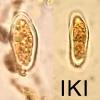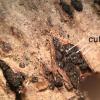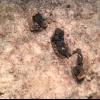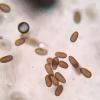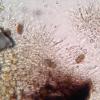
29-08-2025 05:16
 Francois Guay
Francois Guay
I think I may have found the teleomorph of Dendros

29-08-2025 19:04
Thomas FlammerSpores 21.2 - 26.2 x 8.3 - 11.3 µm - Q: 2.20 - 2.

28-08-2025 17:24
Thomas FlammerI know, that this is not the real topic of this fo

27-08-2025 12:02
Pavol PaloHello dear friendsI would like to ask for sharing

25-08-2025 17:37
 François Freléchoux
François Freléchoux
Bonjour,Nous avons trouvé samedi dernier à l'ét

20-08-2025 19:04
Ethan CrensonHello, This asco was found on the same wood as my
I have a difficult situation with this pyreno from the Northeastern US. It's a Dothideomycete, bitunicate, the asci developing in white locules in a black stroma that is erumpent through the substrate, the bark of Gray Birch, Betula populifolia.
Asci: clavate, bitunicate, 102-187 x 17.5-22.5µm.
Ascospores: unicellular, hyaline, many guttules, broadly ellipsoid, 20-24 x 8-10.5µm.
I also found in pycnidia on the same bark nearby. Also black and erumpent, but with locules that are dark at the center. The pycnidia contain brown conidia that are finely warted. They measure about 17.5-26 x 9-12µm. I am uncertain if the pycnidia are the asexual stage of the asco I described first.
I have indicated on the photos when they depict the pycnidia.
Perhaps someone can take a look and let me know. Is this Botryosphaeria, or Diplodia or something else?
Thank you in advance,
Ethan

due to the morphology and the size of the conidia I think it is Diplodia seriata, the sexual form I cannot assure it is from D. seriata
.Best wishes
Angel
I think you have Botryosphaeria with your teleomorph, the white locales when cut, the large spores, thick bitunicate asci, and the “nipple” at the apex of the ascus takes the cake. Since diploidia is an anamorph of bot, it’s possible you have both sexual and asexual fruiting. I see B. dothidea in the northeast often on woodies.
Devin

Best wishes
Angel

